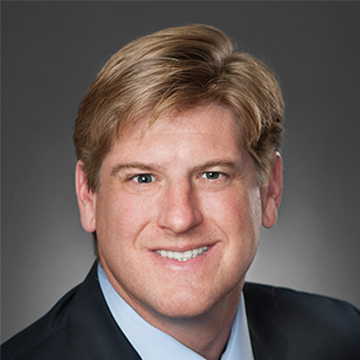
By Brad Stark, MS, CFP®
Co-Founder and Chief Compliance Officer
Am I financially able to retire? What does the future hold for investments? How much can I spend in the future? How should I invest?
If you have ever found yourself asking these questions, a Monte Carlo financial simulation may be good for you.
Basic financial planning typically uses “straight-line” assumptions. Over some period of time, there is an expectation of X% of investment returns. This most commonly is seen in a simple Excel spreadsheets or online retirement calculators. The problem is that the world does not work this way. Returns are not static.
To solve this problem, many in the financial industry have adopted the use of “Monte Carlo” simulations. This algorithm accounts for the volatility and variation of returns associated with the investment world. By calculating thousands of simulations, it allows you to account for the wide range of possible outcomes that could exist for the type of portfolio you are considering.
By replicating real world probabilities, the output can provide a percentage of how likely you are to meet your needs. For example, based upon how much you are withdrawing from your portfolio, the level of risks assumed in your investments and your time horizon, a simulation may indicate you only have a 60% probability of success (leaving a 40% chance of running out of money with those assumptions).
How do these simulations work? Most software packages run hundreds to thousands of forecasted trials. Each trial looks at your investment allocation mixture, the level of risk (volatility / standard deviation), your additions and withdrawals from your portfolio, and then it applies random investment returns.
Taking you back to that dreaded Statistics 101 course, when you assume an average rate of return (the center line in the bell curve), you then apply your standard deviation and simply add or subtract that number one, two and three times. Then you'll come up with a 68%, 95% and 99% band of probable returns.
For instance, let’s say the stock market has a historical average of 10% with a 20% risk factor (standard deviation). That means there is a 99% statistical probability that in any one given year, the best return will be 70% (10+3x20) and the worst at -50% (10-3x20).
Monte Carlo simulation randomly applies different hypothetical returns that range from great to terrible and everything in between year to year. When you do several thousand projections, you develop a set of numbers ranging from failure to tremendous success. A 70% success rate going into retirement is our “bottom” tolerance and anything over 85% is preferred.
Monte Carlo simulations are applied in other parts of our lives (most commonly used in physics, weather and engineering). The term was first coined after WWII when it was used to study nuclear fission.
If you run the numbers and your plan shows a failure rate higher than what you are comfortable with, you will want to adjust your saving/distribution assumptions and the type of portfolio you are using. Assuming higher risks with the objective of obtaining greater returns may surprise you as the failure rate may increase. Sometimes taking fewer risks increases your chances for success.
Previously published in the Daily Sound.
About Mission Wealth
Mission Wealth’s vision is to provide caring advice that empowers families to achieve their dreams. The founders were pioneers in the industry when they embraced the client-first principles of objective advice, comprehensive financial planning, coordination with other professional advisers and proactive service.
Mission Wealth does not sell any internal products; therefore, the firm’s recommendations are solely in the client’s best interests. Mission Wealth’s holistic planning process helps clients enjoy greater peace of mind.


